#private lakes
Explore tagged Tumblr posts
Text
THEN

Professional robots. Cost $50,000. Annual income $100,000. 2000.
NOW
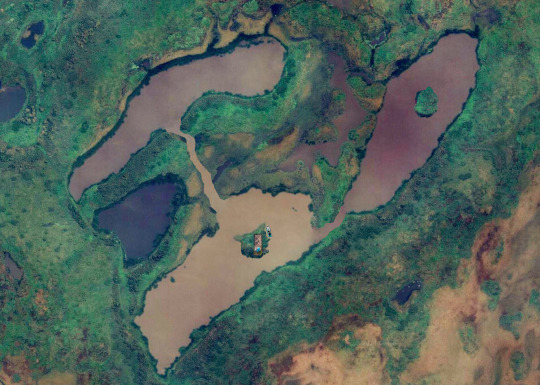
Owner of a vacation home on a private island, Pantanal, 2016.
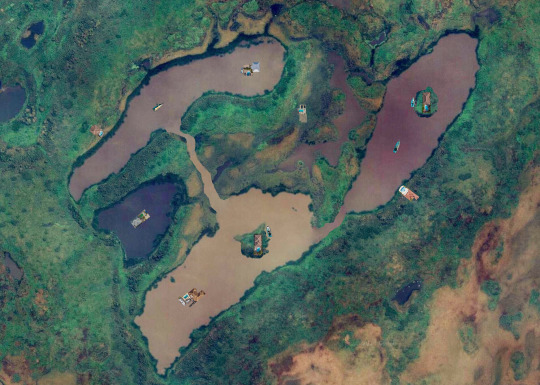
Owner of vacation houses on a private islands, private lakes, private beaches and private hills, Pantanal, 2025.
THE OBJECT
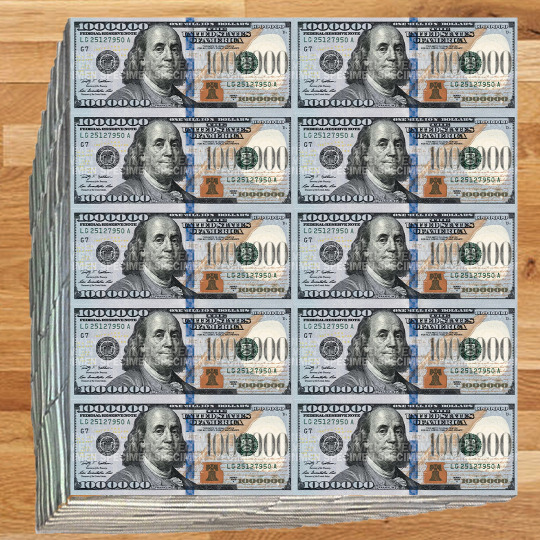
One thousand of one million dollar bills, total one billion dollars. 2025.
#modern art#21st century photography#professional robot#one billion dollars bill#private island#private lakes#private beaches and hills
0 notes
Text

#Private island#island#island living#Snow#Snow days#Winter#Winter wonderland#Cabin in the woods#lake house#winter adventure#winter cabin#cabin#Christmas#Christmas time#Christmas cabin#aesthetic#decor#home decor#lifestyle#lifestyle blog#photography#home & lifestyle#architecture#Luxury#luxury life#luxury living#classy#classy life
645 notes
·
View notes
Text
The thought of Taylor and Nick high-fiving in and out of the Paris scene is so 🤭
#sex scenes so hot ppl thought they were intruding on private moments and two of them were bro-ing it out the whole time 😂#red white and royal blue#rwrb#nicholas galitzine#taylor zakhar perez#also this all but confirms my theory that the lake scene esp at the beginning was taynick vs firstprince
246 notes
·
View notes
Text




#moodboard#aesthetic#icons#pinterest#indie#naturecore#island#castle#private island#travel#landscape#nature vibes#mother nature#nature#lake#nature view
243 notes
·
View notes
Text
i always get emotional over this bc like. jesse has to know that he is, by far, physically the weakest person there and the least capable of protecting lake, yet he does it anyways.
jesse's way of protectin his loved ones is by putting himself in between them and the threat.
he'd rather get hurt than let them get hurt. and it doesnt read as self-sacrificial to me, it feels like he does it bc he doesnt want to start a fight, but his priority is making sure his loved ones are safe
even if he knows he's not particularly capable to protecting, he's going to try. he's not confrontational but he is so, so protective.
#this post has been in my drafts since june 2023 and i was gonna add more but still have not found the motivation so. here. take it#infinity train#ghost.text#jesse cosay#reminds me of one of weevilo707's fics#where jesse's parents hired a private detective after he disappeared#and when jesse comes home and sees who to him is a cop show up on lake's first day#he just. puts himself between the 'cop' and lake#that scene is *chefs kiss*
36 notes
·
View notes
Text

Marie-Lou Nurk
#Marie-Lou Nurk#etherealarte#etherealuploads#photography#couple#romantic#intimacy#lovers#passion#couple goals#old money aesthetic#old money#luxury lifestyle#expensive taste#luxury#classy#private jet#luxury beauty#luxury living#rolls royce#expensive#bentley#st tropez#lake como#france#italy#spain#mallorca#greece#maldives
70 notes
·
View notes
Text
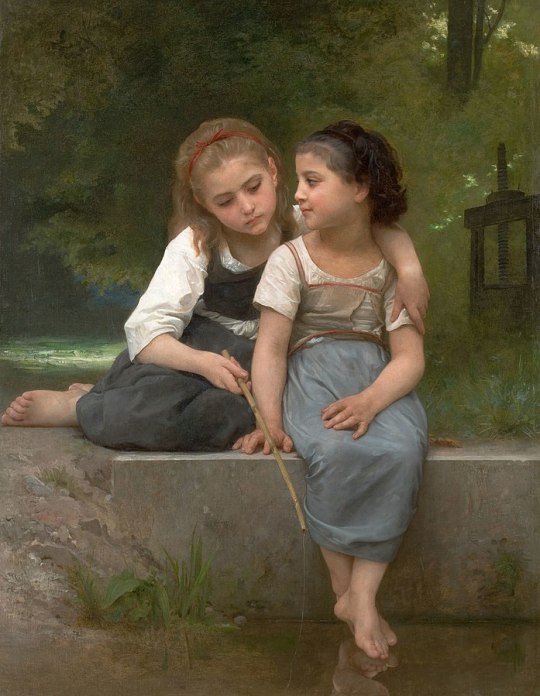
William-Adolphe Bouguereau (1825-1905) "Fishing for Frogs" (1882) Oil on canvas Academicism Currently in a private collection
#paintings#art#artwork#genre painting#genre scene#william adolphe bouguereau#oil on canvas#fine art#academicism#private collection#french artist#female portrait#portrait of a girl#clothing#clothes#dress#dresses#lake#pond#fishing#dock#side profile#1880s#late 1800s#late 19th century#a queue work of art
121 notes
·
View notes
Text
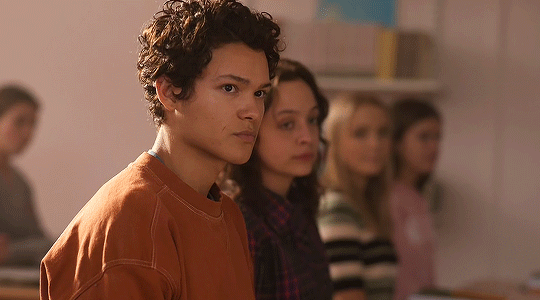

moments from young royals where simon looked so pretty the monarchy collapsed (3/-)
#so pretty that wille almost fell into the lake racing across campus to get to sit next to him#thats the simon rizz#the other day someone said simon had been at hillerska for weeks and still didnt know there was private tutoring#bc no one talks to him#and that made me so sad#but wille notices everything about simon#he's always watching & paying close attention and so here he's the first one to tell him abt it#bc he sees simon stressing out and feeling inadequate :(#wille always always watches & notices!#simon eriksson#simon#young royals#yrseries1#wilmon#mygifs#gifs#omar rudberg#omarrudberg#omar#omr
132 notes
·
View notes
Text
⋆♱✮♱⋆ 𝐇𝐄𝐀𝐃𝐂𝐀𝐍𝐎𝐍 ⋆♱✮♱

𝒌𝒆𝒂𝒏𝒖 𝒓𝒆𝒆𝒗𝒆𝒔' 𝒄𝒉𝒂𝒓𝒂𝒄𝒕𝒆𝒓𝒔 𝒂𝒔 𝒍𝒐𝒗𝒆𝒓𝒔:
johnny utah, neo, jack traven & john wick: 'tragic hero' lovers - they would fight for your love undoubtedly, "sacrificing" themselves for the sake of the relationship
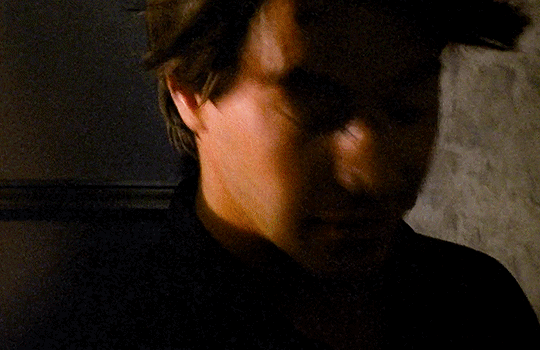
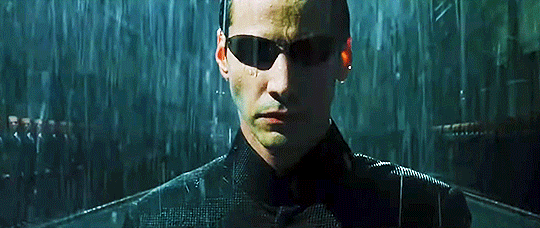

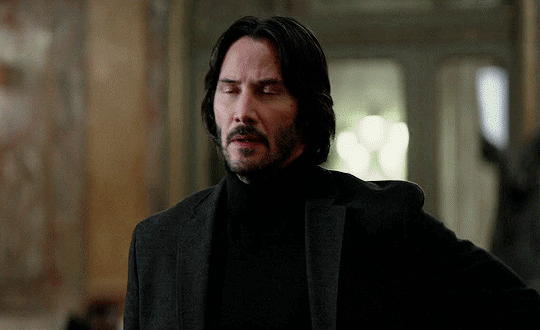
david allen griffin: 'yandere' lover - beguiling, male siren; psychotically obsessed, will literally kill anyone who gets in their way in favour of your love. probably stalk or kidnap you if he had to. he doesn't take no for an answer, he WILL get you and you WILL comply to him and his warped fantasies
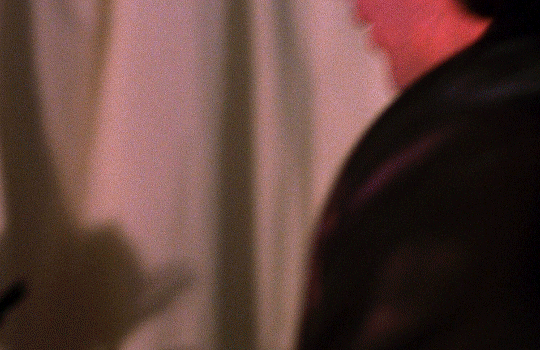
ted logan: 'high school sweetheart' lover - innocent, goofy, dorky, neurodivergent boyfriend that cherishes you cutely as the "bodacious babe" you are, gradually growing up with you and marrying later on, solidifying the 'excellence'. childhood sweethearts....
you'll also have a daughter called Billie (i know, just don't ask.)

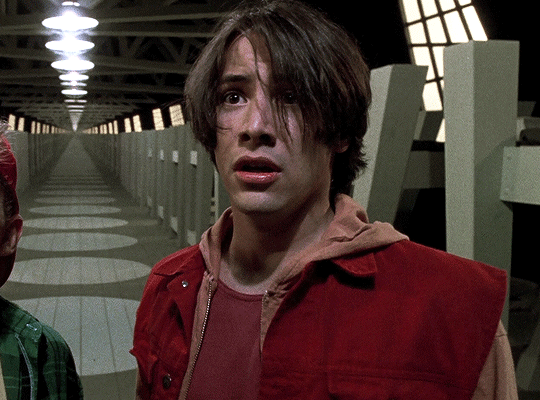

kevin lomax, donnie barksdale & johnny silverhand: 'toxic' lovers - first two are both dangerous men who will jeopardise the relationship selfishly for themselves. one is a greedy lawyer who sold his soul and one is a hillbilly redneck who's a serial wife-beater & racist. one, however, is just a sleazy foul-mouthed terrorist who holds strong radical, anti-mainstream beliefs. he's not dangerous like the other two but he is not a nice guy
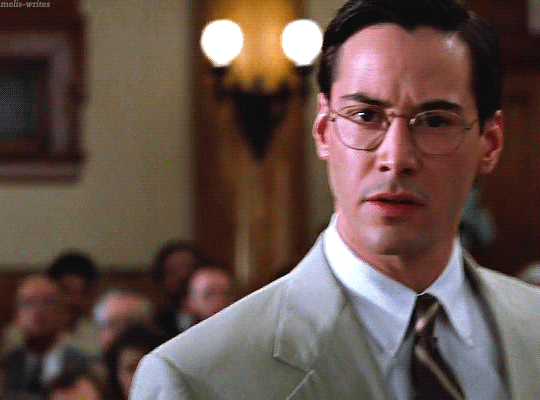
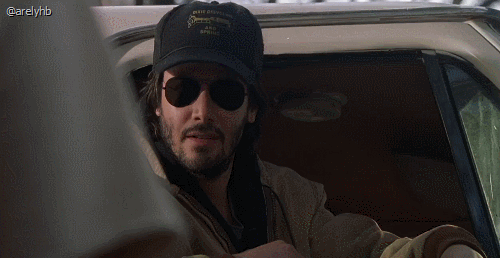
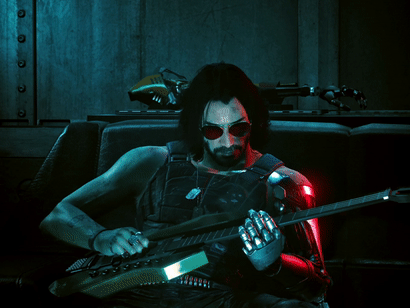
julian mercer: 'the ideal type' lover - this guy is an all-in-one, a dream come true, sent from heaven, everything you'd wish in a man is him. he is perfect. husband material core, the dream man ™
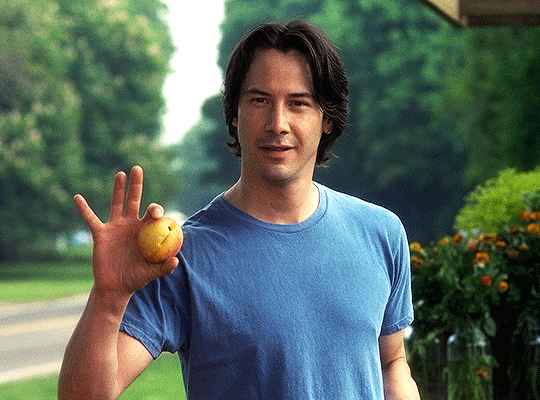
alex wyler: 'soulmate' lover - predestined love wandering aimlessly in an alternate world. your souls are meant for each other but you just don't know yet or you don't exist in the same timeline
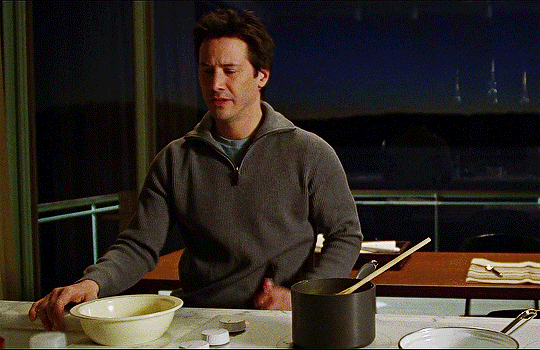
john constantine: 'secret' lover - he has a deep crush on you but doesn't tell you, for some reason. probably because of his ego to just maintain that cool guy aura, or he's just a shy guy
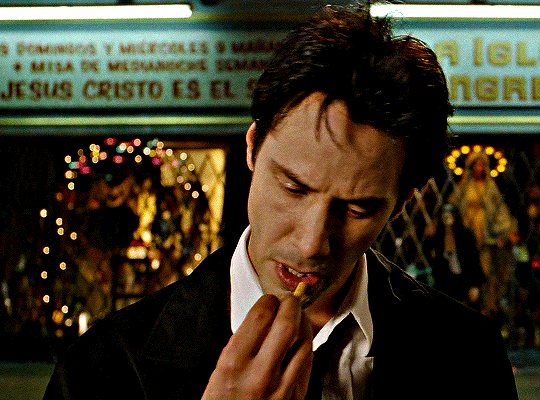
scott favour: 'friends with benefits/affair' lover - a short bittersweet romance that was full of deep sensuality & soulful friendship but he'd eventually break it off to go back to his wealthy life. don't be too disheartened, he still misses you

matt & rupert marshetta: 'typical teenage' lover - you guys were best friends but decided to turn that spark into romance. you're both teenagers and most likely aware of the notoriously short expiry dates of young adolescent love but it's nice to live in the moment


#john wick#neo#the matrix#river's edge#john constantine#constantine#johnny utah#johnny silverhand#donnie barksdale#the watcher 2000#david allen griffin#scott favour#my own private idaho#something's gotta give#the lake house#ted theodore logan#ted logan#bill and ted#the devil's advocate#kevin lomax#headcanon#keanu reeves#fluff#angst#*
261 notes
·
View notes
Text

Lake George Reflection (1921–1922) 🎨 Georgia O'Keeffe 🏛️ Private Collection 📍 Somewhere
Painted circa 1921-22, Georgia O’Keeffe’s Lake George Reflection embodies the contradictions inherent in the artist’s best work which came to define her career and cement her legacy as one of the most enduring and intriguing figures in 20th-century American Art. Lake George Reflection, the most ambitious in scale of her works from the 1920s, is a meditation on the sublime, building upon the tradition of the 19th century Hudson River School artists who sought to capture the drama and beauty of the unspoiled landscape surrounding Lake George. Presented alternatively as both a vertical and horizontal composition, the work is an expression of the artist’s experimental thought process as she considered what it meant to be representational in an age of burgeoning abstraction in American Art. Horizontally, the painting exemplifies the boldly colorful landscapes which have become a hallmark of O’Keeffe’s career, foreshadowing the abstracted paintings of the New Mexico hills from her later years. When viewed vertically, as Lake George Reflection was first exhibited in 1923 at the Anderson Galleries, the infinite horizon shifts to a powerful vertical thrust, with the formerly symmetrical reflections of the landscape morphing into the interior folds of a magnified flower or echoing the bold and daring heights of a New York City skyscraper. This ambiguity of orientation results in a painting that is at once highly representational and wholly abstract, carefully constructed and malleable, and which defines the subtle power of O’Keeffe’s most dramatic and admired works. O’Keeffe signified the importance of certain works by including a hand-drawn star on the reverse or backing board; she noted this distinction on the verso of Lake George Reflection.
On June 10th, 1918, Georgia O’Keeffe moved to New York City. That August, she visited Lake George in the Hudson River Valley with Alfred Stieglitz, the influential photographer and art dealer twenty years her senior whom she would marry in 1924. On this first extended trip to the area, the Stieglitz family’s 36-acre retreat provided a welcome respite from the city, and one that afforded creative inspiration and freedom. “Stieglitz, like many urbanites then and now, also had a rural base, at Lake George in upstate New York, and every year he joined other members of the large family at his mother's home there. In August 1918, he was accompanied by O'Keeffe, who was warmly received by the mater familias and the sundry siblings, in-laws, and offspring of the Stieglitz tribe." (Georgia O'Keeffe, New York, 1991, p. 39) Over the next decade, O’Keeffe and Stieglitz frequently visited Lake George, spending most of every summer and early fall on the family compound, first at ‘Oaklawn’ and later at ‘The Hill.’ The landscape and its environs seemed to stimulate her creatively and she often referred to it as ‘perfect.’ The flora and fauna, and the relationship she developed with botanist Donald Davidson, a Stieglitz family cousin, provided veritable fertile ground for artistic discovery.
Just as Lake George exhilarated O’Keeffe, it also ushered in a period of creativity and artistic exploration for Stieglitz, allowing him to view the landscape through new eyes. “Although in earlier summers he had all but overlooked the landscape at his family’s home in Lake George, New York, he now began to photograph it, stimulated both by O’Keeffe’s infectious enthusiasm for the natural world and her own paintings of the area. Citing her ability to put ‘her experiences in paint,’ Stieglitz wrote that he too endeavored to ‘put his feelings into form’ in his photographs of the trees, barns, and buildings, as well as the landscape and clouds that surrounded him.” (B.B. Lynes, Georgia O’Keeffe, 2001, pp. 26-27) Whether sparked by lively competition or simply that O’Keeffe’s admiration of the landscape invigorated Stieglitz, both artists created some of their most bold, dynamic and experimental imagery during this time. Barbara Buhler Lynes notes, “Stieglitz’s investigation of equivalence began in the early 1920s at Lake George. O’Keeffe was involved with a parallel effort, working with color as Stieglitz had worked with light. Both his photograph and her painting suggest grand panoramas and infinite distances, while at the same time that vastness is overridden by patterns of flat, undulating shapes.” (Georgia O’Keeffe, 2001, p. 38)
In addition to the myriad of visual delights that the great view from the property afforded, it would not have been lost on O’Keeffe that she was on hallowed artistic ground. “As any visitor to Lake George, then or now, she would have been more aware of its role as a popular tourist destination reaching back to the early 1800s. In the wake of the French and Indian War (1754-63) and the American Revolution (1775-83), it captivated the hearts and minds of Americans, who were increasingly nostalgic about their history. The 1826 publication of James Fenimore Cooper’s The Last of the Mohicans sealed Lake George’s fate as an American icon.” (Modern Nature: Georgia O’Keeffe and Lake George, p. 23). Many 19th century predecessors captured the autumnal foliage, verdant hills and crystalline lakes, putting forth a vision of the landscape as untouched and unspoiled. These Hudson River School depictions, often dramatized with sunrises and sunsets, emphasized the sublime in nature, a concept that would have no doubt interested O’Keeffe. “Over the past two centuries, the concept of the sublime—with its immediate sensation of awe inspiring infinite space and evocative color and light directly internalized to moments experienced in our own lives—has been substantially redefined by a small number of artists, writers, and critics, for whom it has become a vital source of spiritual values at times of increased secularism.” (Georgia O’Keeffe: Visions of the Sublime, 2004, London, p. vii)
Seen as a landscape, Lake George Reflection is a meditation on the awesomeness of the open countryside of upstate New York found only a short distance from the hectic metropolis. Incorporating the groundbreaking experimentations from her early career, the rolling hills and water are depicted in the undulating forms so prevalent in O’Keeffe’s early abstractions of the previous decade. Similarly, the bulbous forms that line the foreground recall her abstract ‘Special’ series, also executed at Lake George a few years earlier. Taking these elements one step further, all is reflected, creating a virtual mirror image bifurcated by a dramatic horizontal cross-section. With its monumental scale, the resulting image echoes the images of sublimity in 19th-century art, which captured the grandeur of the landscape, an untouched splendor and a vastness seemingly born from the imagination. Lake George Reflection similarly suggests a landscape of infinite scale, confined by but not limited to the expanse of the canvas.
For the exhibition at Anderson Galleries in 1923, the first time Lake George Reflection was exhibited, O’Keeffe dictated that the painting be hung vertically. While the title suggests a certain formal interpretation to her work, the adjustment of orientation altered the viewer’s understanding of it, particularly when viewed in context with other work from the period. The change solely in orientation of Lake George Reflection, not to the painting, forces the viewer to understand the forms in a different manner. Marjorie Balge-Crozier describes this phenomenon in O’Keeffe’s works from this period, writing, “Manipulation of scale, depictions of fragments, precise lines and blurred edges, bold colors—all of these devices are used to create works that are emotional equivalents for her experiences. These are devices that can also elicit feelings of uncertainty, awe, and even terror in the spectator, whether one is looking at a close-up view of a flower or the splitting darkness of the Black Place. Paintings that are extremely minimal can appear at first as objects for calming meditation, then dissolve into uneasy questions of identity, with hills resembling body parts. In the end, the spectator is left with an equivalent sublime experience.” (Georgia O’Keeffe: Visions of the Sublime, p. 103)
Particularly when understood vertically, Lake George Reflection encourages anthropomorphic comparisons. Sharyn Udall explains, “Some of her landscapes do contain forms that—perhaps without any conscious intention on her part—insist on some relationship to the body. At Lake George in 1919 O’Keeffe produced several paintings of bifurcated glowing forms that begin as landscape but become increasingly abstract.” (Georgia O’Keeffe: Visions of the Sublime, p. 118) As a vertical work, the painting most closely relates to her magnified flower imagery, which she was simultaneously exploring. In works such as Flower Abstraction (1924, Whitney Museum of American Art), undulating lines and soft coral tones are quite clearly evocative of the delicate petals of a flower but the cragged vertical white line serves to bisect the image, echoing the compositional format of Lake George Reflection. Other more abstract works from the period, including Music—Pink and Blue No. 1 (1918, Seattle Art Museum) which was also in the Anderson Galleries show of 1923 and Grey Line with Lavender and Yellow (1923, Metropolitan Museum of Art), are similarly suggestive.
While O’Keeffe’s works, such as Lake George Reflection and her iconic flower paintings, seem to inherently suggest comparisons with the human form, something she patently rejected, the evolution of O’Keeffe from daring female Modernist to a sexualized media sensation was undoubtedly fostered, if not masterminded by Stieglitz. Beginning in 1918, he created a series of photographs which depicted O’Keeffe in the nude. “As art critic Henry McBride put it: ‘It made a stir. Mona Lisa got one portrait of herself worth talking about. O’Keeffe got a hundred. It put her on the map. Everybody knew the name. She became what is known as a newspaper personality.’ Moreover these photographs forged the first public image of O’Keeffe. She was seen as a sexually liberated, modern woman, and this idea of her became a visual equivalent of Stieglitz’s ardent and ongoing promotion of O’Keeffe’s art as a direct manifestation of her sexuality.” (B.B. Lynes, Georgia O’Keeffe, 2001)
Regardless of the source of these intimate connotations attributed to her most admired artwork, Lake George Reflection reflects the pictorial strategies that O'Keeffe developed as an avant-garde American Modernist: interest in a type of heightened realism that pushes an image to the edge of abstraction. It is this near abstraction that evokes the mystical and spiritual qualities that O'Keeffe associated with her organic subjects and which are the source of their strength. Hunter Drohojowska-Philp emphasizes the role of Lake George Reflection in pioneering this element of O’Keeffe’s best work, explaining, "In the spring of 1923, O'Keeffe incorporated Stieglitz's cloud motif into a pair of abstractions redolent of her earlier interest in Art Nouveau, Pink Moon and Blue Lines and Red Lines. Pink Moon and Blue Lines returns to a palette of magenta, lemon, and aqua arrayed in vertical waves on either side of a pink moon on a deep blue ground. She knew she was breaking down aesthetic barriers. Later, she said, 'When I entered the art world…you weren't supposed to paint yellow…and pink pictures.' Red Lines shows vertical waves of pale blue and buttressing columns of deep red divided by a think pink line. Both compositions derive from O'Keeffe's bisected canvases of the Lake George horizon, but upended. This technique began in her show with the vertical display of Lake George Reflection, a predictable landscape except that the horizon line runs up and down and is enlivened with pastel bubbles. Collector Peggy Guggenheim admitted that she could not decide which way to hang it. Studying photographs taken from various perspectives was enhancing O'Keeffe's ability to paint pictures that could be interpreted in multiple ways--paintings that could be hung vertically or horizontally." (Full Bloom: The Art and Life of Georgia O’Keeffe, New York, 2004, p. 219) Painted at the height of O’Keeffe’s most courageous and innovative creative output, Lake George Reflection confirms her prowess as a master colorist, daring modernist, avant-garde thinker and provocateur.
#Lake George Reflection#Georgia O'Keeffe#Private Collection#1921#1922#oil on canvas#oil painting#painting#American Modernism#Modernism#american#art#artwork#art history
35 notes
·
View notes
Text
so about the new ishmael ego

I like her. I could say more but that would be another post. Look at the background. This part specifically.

There's a private beach roped off here. It looks pristine compared to the polluted waters Ishmael's boat is in. Hell, the water is green over here.
Makes me wonder if sections of the lake are roped off for nest-dwellers only. And these beaches are kept clean, meanwhile on the other side of the ropes, the beach seems to be an industrial waste dumping ground.
#limbus company#i live near the great lakes so in the summer we'd go to lake michigan a lot and. the people who own private beaches do rope them off.#and would also dump their trash on the public beach#and even when they put trash cans on the beach the people who had private beaches would dump so much that they'd usually be overflowing#IF YOU'RE RICH ENOUGH TO OWN A PRIVATE BEACH USE YOUR OWN TRASH CAN#especially if you're going to yell at any children who go a foot past your fucking “private property no trespassing” sign#i harbor a great deal of spite for people who own beach houses or lake houses#like yeah i bet you have a second house that you never shut up about. i get it you have money.#... i think these random unrelated rambles in the tags are just a feature of my original posts now
183 notes
·
View notes
Text
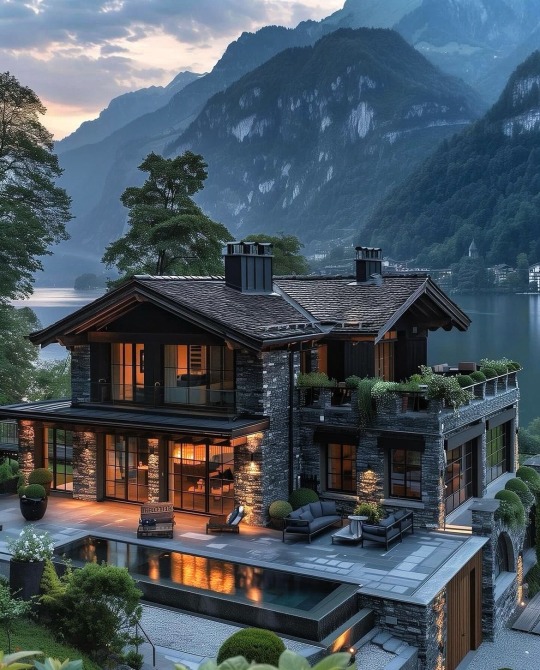
#Lake house#luxury home#modern home#modern architecture#Swimming pool#cabin#luxury cabin#Luxury#luxury life#luxury living#aesthetic#decor#home decor#lifestyle#lifestyle blog#photography#home & lifestyle#architecture#classy#classy life#home#private lake
1K notes
·
View notes
Text










#cat#pareidolia#face#artifact#geology#forest#landscape#rocks#rock art#rockhound#nature#stream#creek#missouri#lake of the ozarks#wilderness#private party
14 notes
·
View notes
Text

After hanging out with Paul Drake, this girl wrote a book. I bet it's a best seller!! 😊😍
#Perry Mason#Paul Drake#William Hopper#book#private eye#Paul lake#love#happiness#thank you#sharing#joy#60s TV#black and white TV#classic TV#i love Perry#courtroom drama#great show
17 notes
·
View notes
Text

Embark on a journey of discovery with Best Ghana Tours 🌍✨
Escape the crowds and delve into the untouched beauty of Ghana's hidden treasures. From secluded waterfalls tucked away in lush rainforests to serene lakeshores offering moments of tranquility, our tour packages are designed to take you off the beaten path and into the heart of nature's wonders.
Why Choose Best Ghana Tours?
1. Expertly curated travel and tour packages
2. Unbeatable prices
3. Low budget travel options
4. Local knowledge and expertise
5. Personalized customer service
For a free quote
Contact:
Call/ WhatsApp: +233 503314400
www.bestghanatours.com
#bestghanatours#tourism#travel#ghana#tour package#accra ghana#tourist#travelwithus#worldwide privacy tour#summer#landcape#holiday#cape coast#vacation#beach#beachlife#serenity#lake#animals#black and white#black tumblr#adventure#explore#all inclusive#ghanatourpackage#dream#shaihills ghana bestghanatours tourpackage tour travel#private tour#places to visit#travel blog
17 notes
·
View notes
